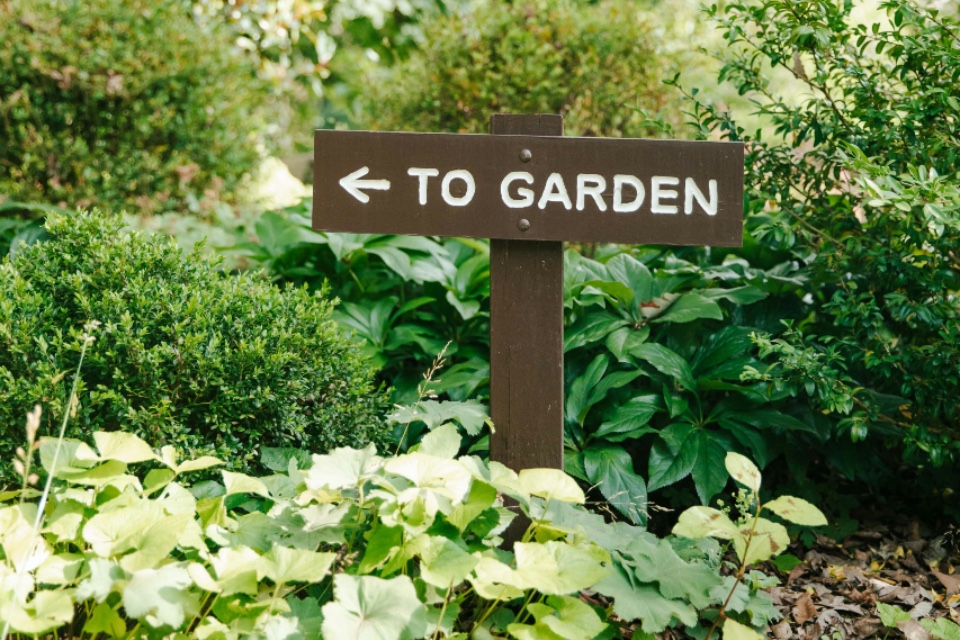Care homes are increasingly embrace the benefits of sensory gardens, but selecting the right partner to design, build and maintain these spaces is a crucial strategic decision. A well-designed sensory garden does more than beautify outdoor space – it can enhance cognitive function, reduce agitation, promote mobility, and support the mental health of residents, particularly those living with dementia. To maximise these outcomes, care home managers must work with partners who understand both the clinical and wellbeing needs of older adults…
The first consideration is specialist experience. Not all landscape designers are equipped to create therapeutic environments tailored for elderly or memory care residents. It’s essential to look for firms or individuals with a proven track record in designing sensory gardens for healthcare or residential care settings. Request case studies or site visits to other care homes where they’ve delivered similar projects. Partners should demonstrate knowledge of dementia-friendly design principles, such as non-toxic planting, safe surfaces, enclosed pathways, visual cues, and accessible seating.
Another key component is collaboration with clinical and care teams. The best garden partners will engage with care home staff, residents, and families to understand the needs of the community. They should be willing to co-develop the garden’s purpose – whether that’s relaxation, stimulation, reminiscence therapy, or social connection. Some firms even work with horticultural therapists, who help integrate the garden into activity schedules and therapeutic programmes post-installation.
Accessibility is also critical. Paths must accommodate wheelchairs and walking aids, raised beds should be considered for residents who wish to garden, and seating should be placed at regular intervals. Look for designers who understand ergonomic and sensory accessibility, including visual contrast, soundscaping (e.g. water features or bird-attracting plants), and tactile plant choices to stimulate memory and emotion.
It’s also important to assess the partner’s understanding of ongoing maintenance needs. A sensory garden should evolve through the seasons and remain engaging year-round, which means careful planning of planting cycles, shade management, and upkeep. Some providers offer ongoing maintenance packages or training for in-house teams.
Finally, consider partners who align with your budget, regulatory requirements, and sustainability goals. Whether working with a small local landscaping firm or a larger specialist consultancy, ensure they provide transparent costings, health and safety compliance, and opportunities to involve residents in design and planting.
The right sensory garden partner is not just a supplier, they’re a collaborator in delivering person-centred care. For care home managers, making the right choice means creating an outdoor space that improves quality of life, supports clinical outcomes, and reflects the values of a modern, compassionate care environment.
Are you searching for Sensory Garden solutions for your organisation? The Care Forum can help!






